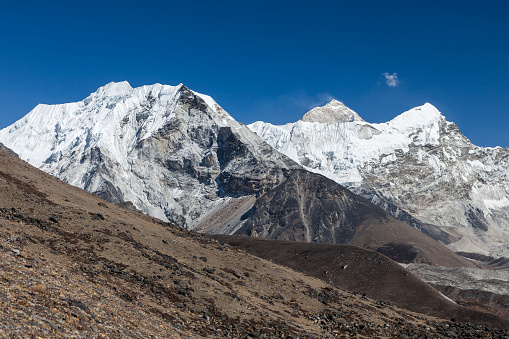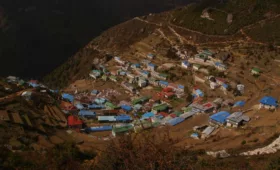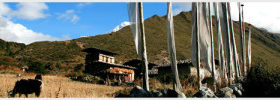Nepal, a land of breathtaking Himalayan peaks, offers a unique trekking experience unlike any other. However, the “best” time to trek in Nepal depends heavily on your priorities: weather, crowds, and the specific region you plan to explore. Find the best trekking season in Nepal to experience the natural beauty of nature.
1. Spring (March – May):
- Pros:
- Pleasant weather: Generally clear skies, warm days, and cool nights.
- Blooming rhododendrons: Witness vibrant rhododendron forests in full bloom, creating a stunning visual spectacle.
- Moderate crowds: Fewer crowds compared to the peak season.
- Cons:
- Increased risk of avalanches: Spring can bring unpredictable weather patterns, including occasional snowfall and avalanches.
- Higher prices: Accommodation and flight costs may be slightly higher during this popular season.
2. Autumn (September – November):
- Pros:
- Clearest skies: Enjoy the most stunning views of the Himalayas with clear skies and minimal cloud cover.
- Pleasant temperatures: Comfortable daytime temperatures with cool evenings.
- Fewer leeches: Monsoon season has passed, minimizing the risk of encountering leeches.
- Cons:
- Peak season: Expect larger crowds on popular trails.
- Potential for dust: Dust can be a concern after the monsoon season.
3. Winter (December – February):
- Pros:
- Fewer crowds: Experience a more tranquil and peaceful trekking experience with fewer fellow trekkers.
- Unique winter landscapes: Enjoy the beauty of snow-capped mountains and a truly winter wonderland experience.
- Cons:
- Cold temperatures: Expect cold temperatures, especially at higher altitudes.
- Limited trekking options: Some higher altitude trails may be closed due to heavy snowfall.
- Shorter days: Shorter daylight hours can limit trekking time.
4. Monsoon Season (June – August):
- Pros:
- Lower prices: Accommodation and flight costs are generally lower during the monsoon season.
- Lush greenery: Experience the vibrant green landscapes of the Himalayas after the rains.
- Cons:
- Heavy rainfall: Frequent and heavy rainfall can make trekking conditions challenging and muddy.
- Landslides: Increased risk of landslides and trail closures.
- Leeches: Leeches can be a significant issue during the monsoon season.
Ultimately, the best time to trek in Nepal depends on your individual preferences, priorities, and tolerance for different weather conditions.
Here are some additional factors to consider:
- Specific Trek: The best time to trek can vary depending on the specific region and trail.
- Acclimatization: Allow adequate time for acclimatization to the high altitude, regardless of the season.
- Personal Preferences: Consider your own preferences for weather, crowds, and overall trekking experience.
By carefully considering these factors and choosing the season that best suits your needs, you can ensure an unforgettable and enjoyable trekking experience in the breathtaking Himalayas of Nepal.




